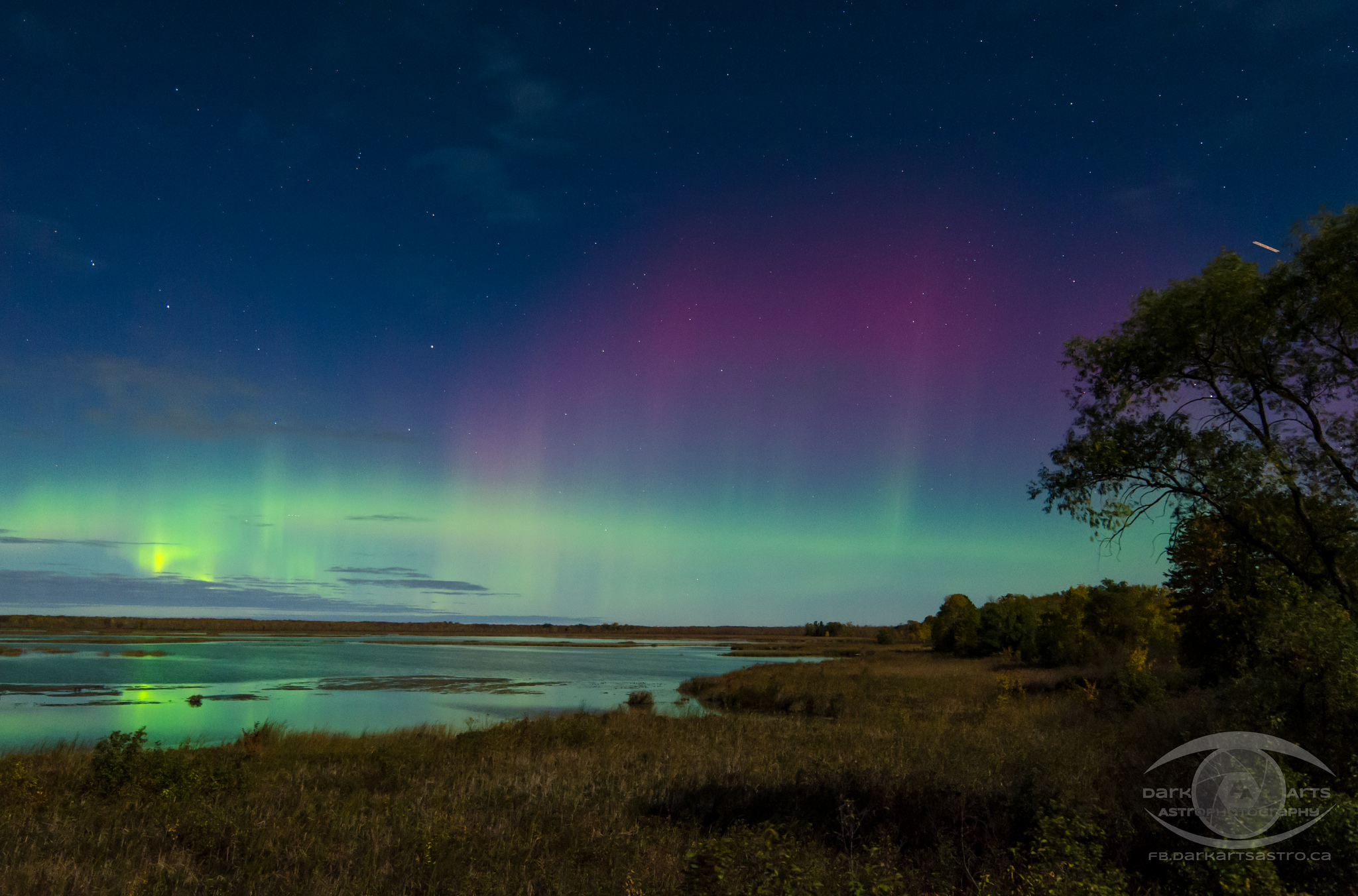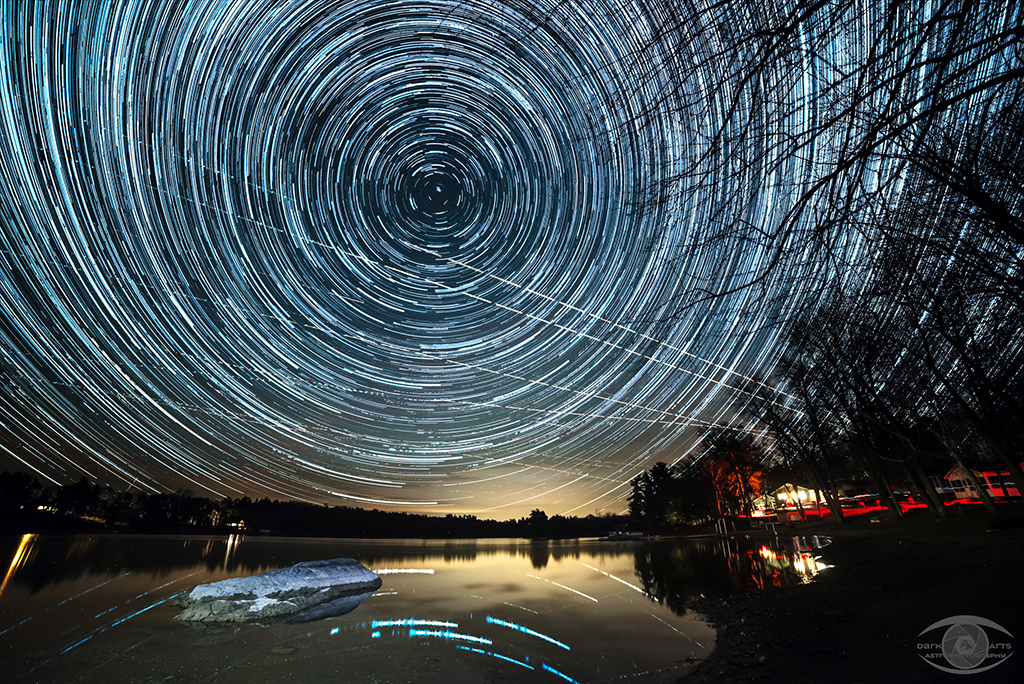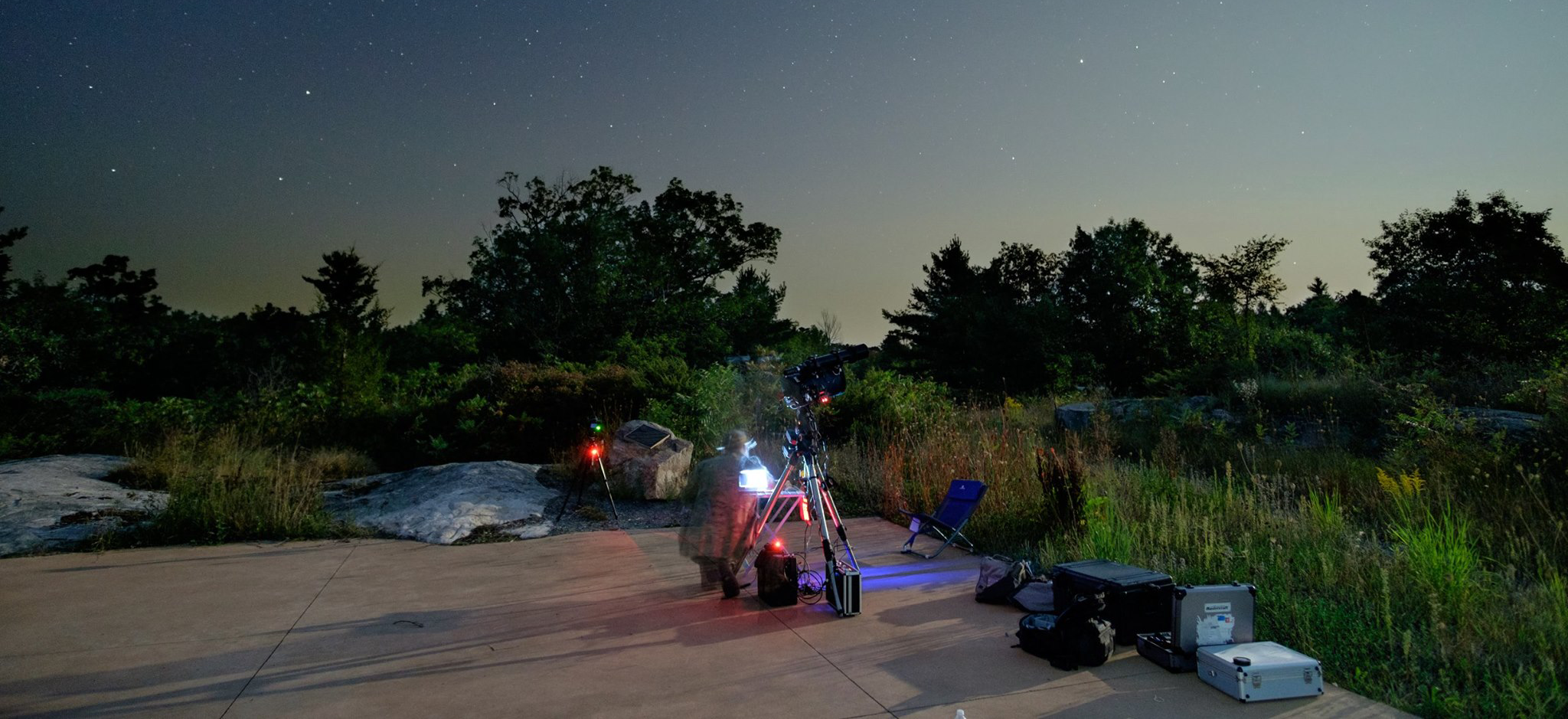Welcome to the new Dark Arts Astrophotography blog! It’s been a long time since I posted a real blog entry – barring yesterday’s announcement of my new site and blog. Now it’s time to get back into gear and start posting more regularly once again. I’ve been neglecting my blog over the last several months, partly due to being busy with photography and other stuff. But laziness has also played a part in it, not to mention my frustration with the Blogger platform. But I digress. This blog isn’t about my lack of activity, but rather about what I’ve been doing over the last several months!



